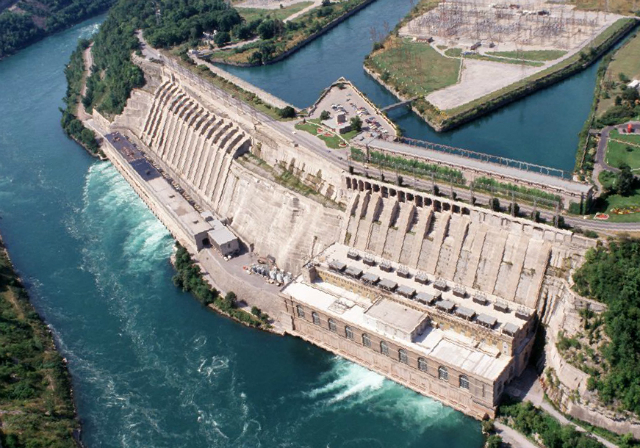Canadian utilities took a beating in the early months of 2018 as rising bond yields scared investors away from stocks that had scored points for those seeking income in a low-interest rate environment. Canada and other developed nations are now making an effort to gradually raise interest rates, which has cast a different light on those companies that have experienced high performers since the financial crisis.
Hydro One Ltd. (TSX:H) last declared a quarterly dividend of $0.22 per share, representing a 4.2% dividend yield. The Ontario utility made a key acquisition that will give it exposure to over 700,000 U.S. clients in 2018, pending approval from regulators. However, its attractive dividend and stability has failed to generate the kind of returns to satisfy even income-focused investors.
Shares of Hydro One have dropped 15% year over year as of close on April 23. The stock is down 7.6% in 2018 so far. To make matters worse, the company has once again been regulated to a political punching bag in the midst of a fiery Ontario election campaign.
Ontario PC leader Doug Ford has already threatened to fire CEO Mayo Schmidt and the entire Ontario Hydro Board of Directors if he’s elected. The Ontario Liberals and New Democratic Party have also made pledges that could dramatically impact the future of Hydro One in 2018 and beyond. Reports indicate that Hydro One management fears that government interference impact profitability going forward. Should this scare investors who may be considering Hydro One today?
The populist rhetoric from Doug Ford, whose party is currently leading in the polls by a wide margin, should not scare away investors ahead of the June 7 election. The process of firing its CEO would require a turnover of the board and the expensive dismissal of Schmidt. The historically pro-business PCs are more likely to explore cost-cutting measures in other areas in order to address the public outcry over soaring hydro rates.
Hydro One last released its 2017 fourth quarter and full-year results on February 13. Adjusted earnings per share were $0.29 in Q4 compared to $0.22 in the prior year. For the full-year net cash from operating activities rose to $1.71 billion from $1.65 billion in 2016. Its forward P/E places it above the undervalued S&P/TSX Composite but within range of its better performing peers.
An extended cold season bolstered Hydro One’s numbers in the fourth quarter, which could bode well for its first-quarter results that are expected to be released on May 15. December and January were colder than normal, and we’re currently on track for the coldest April on record.
Is Hydro One a good investment today?
Hydro One stock continues to hover around its lowest value since its initial public offering in November 2015. Although election drama could cause temporary volatility, its rock-solid dividend and wide moat make it a long-term buy-and-hold for investors on the hunt for income and dividend growth in their portfolios.









